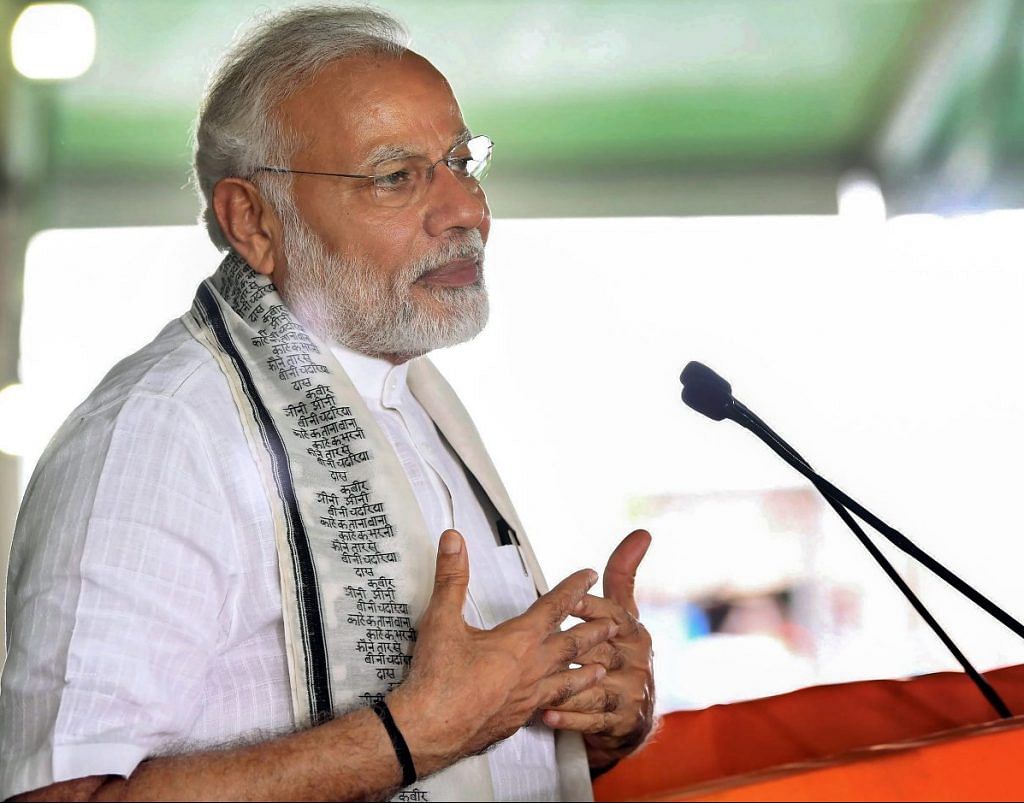If judges knew there’s no job with a bungalow and car at the end of the tunnel waiting for them, they would become more independent.
When news came out – now denied by law minister Ravi Shankar Prasad’s “no with a capital N” – that the Centre was planning to increase the retirement age of judges of the Supreme Court and high courts, a retired chief judge of a high court sent me the following message.
“Good move. Should be done. It will stop high court chief justices from lobbying for elevation and the clout of SC judges will go down. But, they (SC Judges) will try and prevent this,” it read.
His words have a ring of truth to them.
Having covered the courts, I have often seen this: senior high court judges, including chief justices, massaging the egos of senior Supreme Court judges, particularly those in the Supreme Court collegium. This is done just so that their elevation – either as chief justice of a high court and then (seniority permitting) to the Supreme Court – is not impeded.
As one lawyer-turned-judge told me: the struggle is to first be elevated at the appropriate age (read an age that gives a chance to be in line to become chief justice of a high court), then to get a good high court as a chief justice and then, if seniority (and you have backers in the Supreme Court collegium) permits, end up in the Supreme Court of India – an elevation that also extends your tenure by three years.
However, it is what this judge said thereafter that is more significant. One or two years before judges retire, many of them start going soft on the government. This, he explained, happened in the hope that the government would offer them a good post-retirement job.
When he was the Chief Justice of India and H.R. Bhardwaj was the union law minister, K.G. Balakrishnan strongly opposed a move to raise the retirement age of high court judges from 62 years to 65 years, bringing it at par with that of SC judges. Balakrishnan’s view was that if this were to happen, HC judges may not agree to come to the Supreme Court. His reasoning: judges of the high court have more power and stature in the states than in New Delhi.
Bringing the retirement age at par can work both ways. The jostling, and that you-scratch-my-back-I’ll-scratch-yours practice will stop. Or, no judge, unless he or she stands a chance to enter the collegium of the Supreme Court, will agree to be elevated to the Supreme Court.
But, in my opinion, the answer to the shortage of judges in the superior judiciary and the huge pendency of cases could lie in increasing the retirement age. More so because the government doesn’t seem to be inclined to drastically increase the sanctioned strength of judges in the high courts as well as the Supreme Court.
In March, the Parliamentary Standing Committee on Personnel, Public Grievances, Law and Justice had asked the Centre to increase the retirement age of the Supreme Court and high court judges to tide over the shortage of judges in the higher judiciary.
It had also recommended that the retirement age of SC judges be raised to 67 years from the present 65 and that of HC judges to 65 from the present 62. But it would actually be a good idea to raise the retirement age of high court judges to 65 years while that of Supreme Court judges could be taken up to 68 years – this will ensure that the three-year gap between the two retirement ages also stays.
This will also take care of the concern, rightly so, of high court judges not being inclined to come to the Supreme Court if the retirement age were to be made the same.
Is increasing the age answer to all problems?
Of course not. Shortage of judges is just one of the issues confronting our legal system. Inadequate infrastructure, poor quality of judges, inadequacy of laws and, in some cases, too many laws working at cross-purposes are also the bane of our legal system.
But it would, at least, be a beginning. Additionally, the government must also increase the sanctioned strength of judges in the high courts – by approximately the same number as are required to man our tribunals and other judicial authorities.
Once this is done, serving judges, and not the retired ones, can be sent on fixed tenures – for two or three years – to these tribunals.
Should there be any caveat?
Yes, absolutely. Once the retirement age is increased, there must be a complete bar on the practice of retired judges accepting post-retirement jobs in the government.
While there may be many who won’t agree, but the general consensus in judicial circles is that the lure of post-retirement job is one of the biggest corrupting influences on serving judges. The government, after all, is the biggest litigant in our country.
If judges knew that there’s no job with a bungalow and car at the end of the tunnel waiting for them, they would automatically become more independent.
The government of Prime Minister Narendra Modi doesn’t stop reminding us about how it values the independence of judiciary. However, its actions (it may already have set the record for rejecting the most number of collegium recommendations), until now, seem to point towards the opposite. To walk the talk, the government may do well to the increase the retirement age, with a strict caveat that retired judges wouldn’t be allowed to accept any post-retirement jobs.
Will this happen? Very unlikely. Every government wants plaint judges and what better way that a post-retirement job to achieve this.
